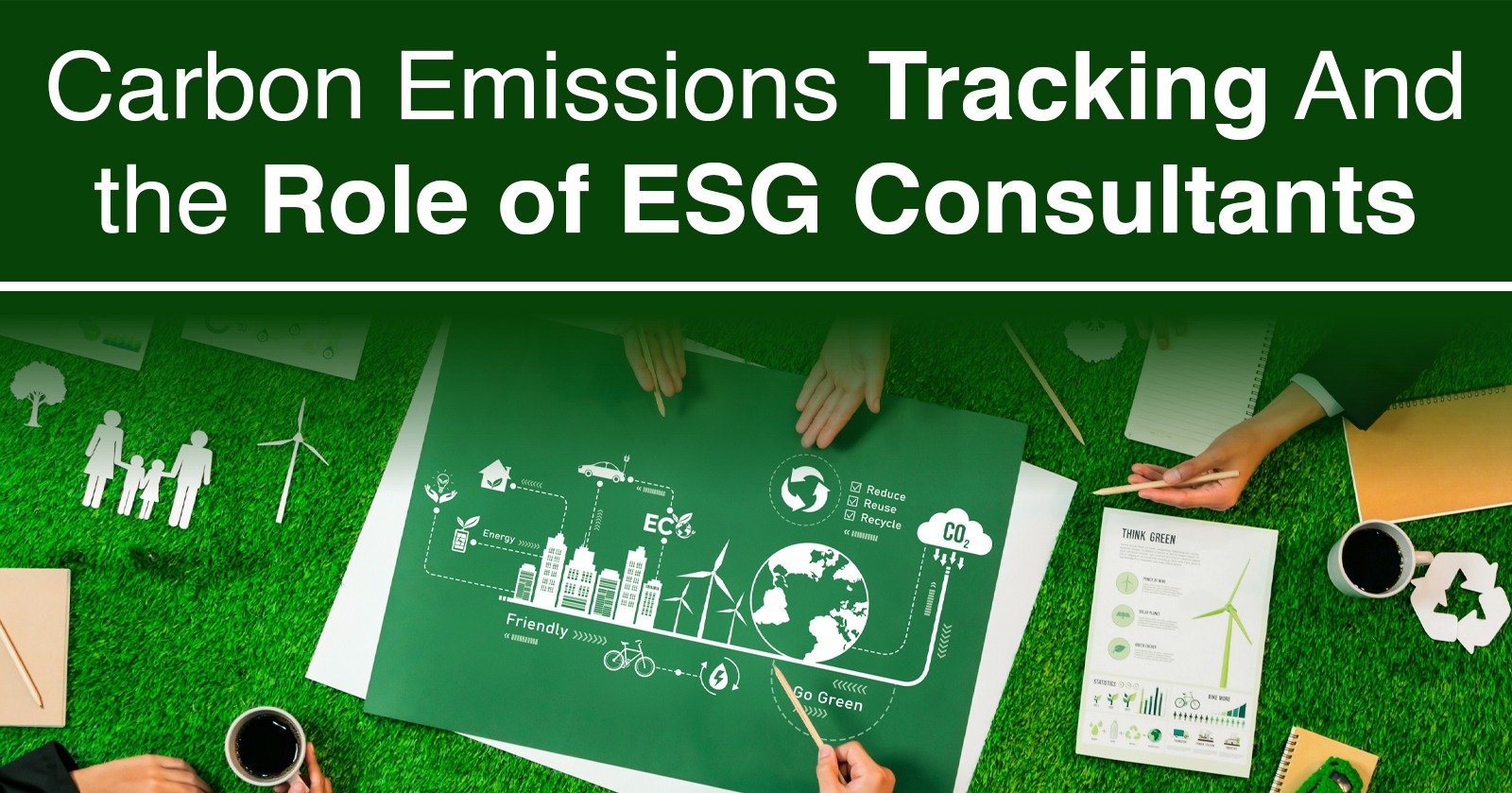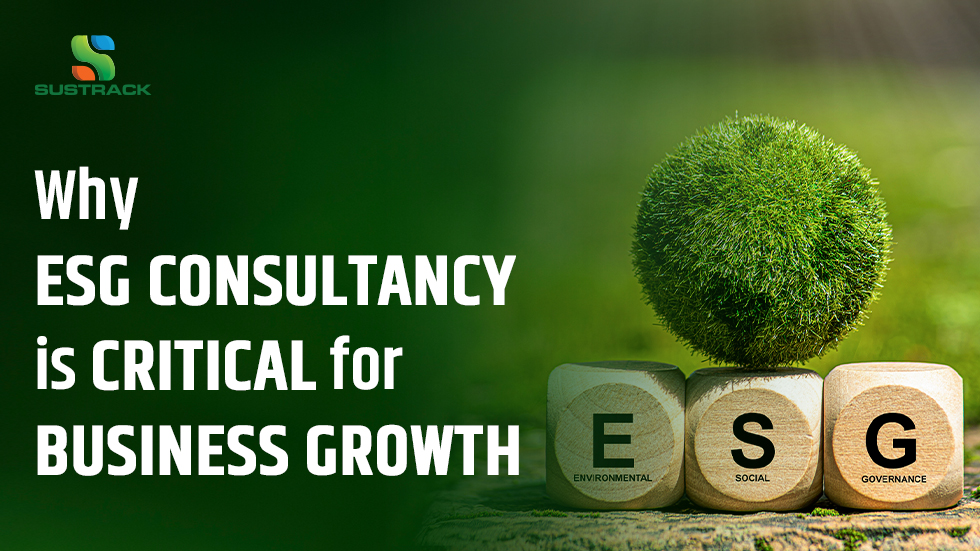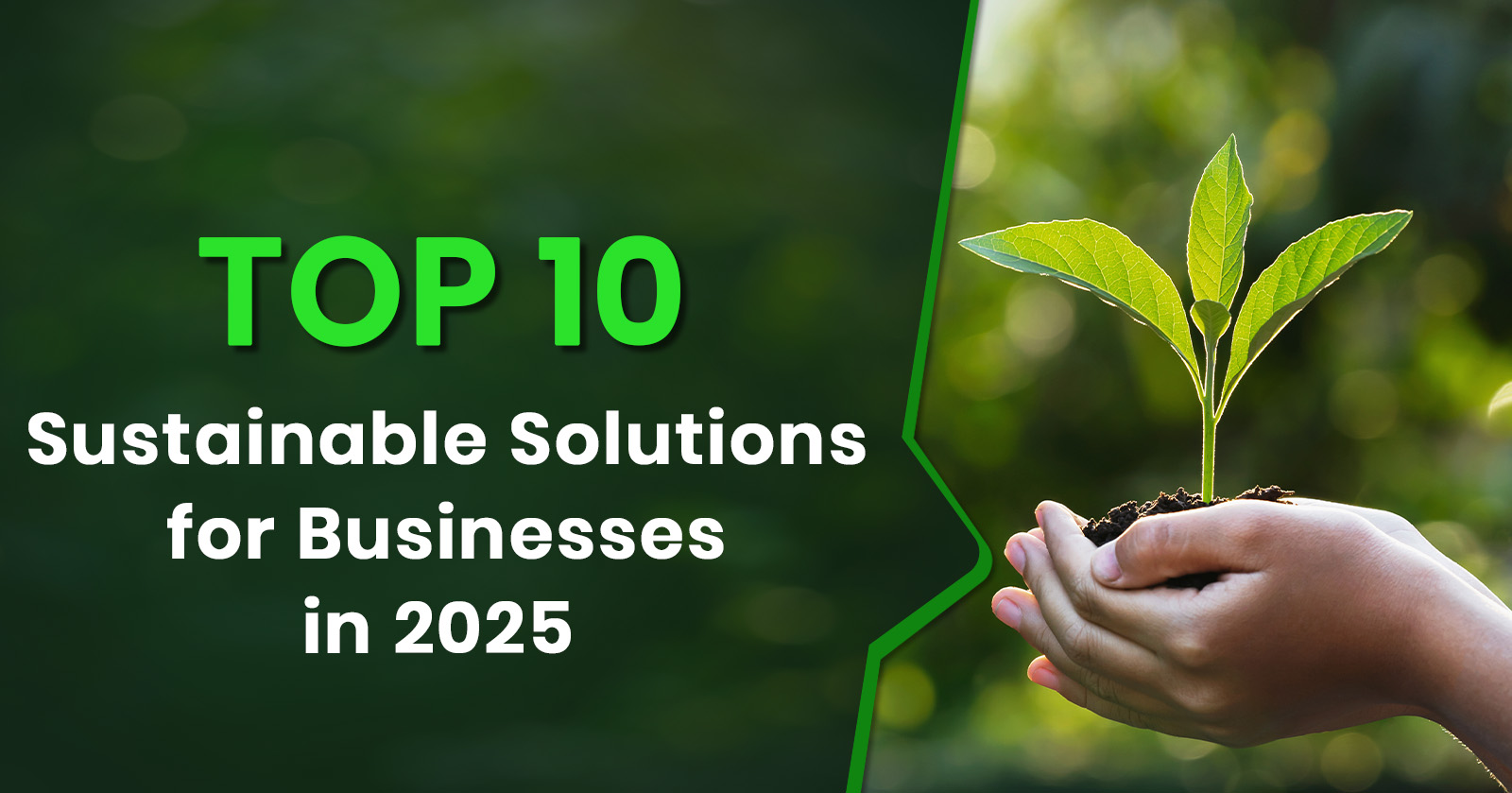Eeducing Your Carbon Footprint, Practical Steps for Companies

Climate change is a major challenge, and reducing carbon emissions is one of the most important ways to tackle it. The company can reduce its greenhouse gas emissions and take steps toward a clean environment.
To do this well, businesses need to understand their carbon footprint, including emissions from their own operations and from their supply chain.
But where should you start?
Understanding and reducing your carbon footprint isn’t just about environmental responsibility; it is also important for long-term business resilience, regulatory compliance, and maintaining investor trust.
This is where Sustrack helps. We provide end-to-end carbon management solutions from emissions tracking to giving practical ways to reduce carbon footprint. In this blog, we explain why reducing your carbon footprint is important, what Scope 1, 2, and 3 emissions mean, and share simple steps companies can take to lower their impact on the environment.
What Is Carbon Footprint?
A carbon footprint shows how much we are contributing to climate change. It measures the amount of greenhouse gases (like carbon dioxide and methane) released into the air because of our actions. These emissions can come from individuals, companies, or products. There are some common activities like burning fuel, cutting down forests, or making and using products that release carbon emissions.
Why Is Carbon Footprint Reduction Important?
Let’s understand why carbon footprint reduction is important.
Harmful to the Environment
More carbon emissions mean more global warming. This makes temperatures rise and causes more rain, storms, wildfires, and melting ice. Sea levels are rising, beaches are getting smaller, and some islands could sink. Even plants are growing differently because of the changing climate.
Animals Are Losing Their Homes
Many animals depend on stable weather and food sources. But climate change is affecting both. Polar bears are losing their ice hunting areas. If this continues, many animals could disappear in the coming years.
Affecting Human Health
Climate change is making life difficult for people, especially in poor or dry areas. It reduces crop growth, causing food shortages and hunger. Air pollution is also rising, leading to breathing problems like asthma and allergies.
Slowing Economic Growth
Carbon emissions also harm economic growth. Farmers grow fewer crops. Fishing businesses, like lobster farming in Maine, Coral reefs dying, which affects tourism and jobs. In countries like India, these problems slow progress and affect millions of people.
Farmers are producing fewer crops, and industries like lobster fishing in Maine are suffering. It also affects tourism and livelihoods.
Understanding Scope 1, 2, and 3 Emissions
To clearly track different types of emissions, three categories are used for greenhouse gas (GHG) reporting, including Scope 1, Scope 2, and Scope 3. These help companies understand and report both direct and indirect emissions.
Scopes 1 and 2 are defined in this standard to avoid double-counting two or more companies for emissions in the same scope. Companies must at least measure and report their Scope 1 and Scope 2 emissions separately.
Scope 1: Direct GHG emissions
Direct GHG emissions (Scope 1) come from sources that a company owns or controls. This includes carbon emissions from company-owned vehicles, boilers, furnaces, or production equipment.
However, CO2 emissions from burning biomass are not counted under Scope 1 but should be reported separately. Similarly, gases not covered by the Kyoto Protocol, like CFCs or NOx, are not part of Scope 1 but can be reported separately if needed.
Scope 2: Indirect GHG Emissions
Scope 2 refers to the carbon emissions from electricity generation that a company buys for its operations. Even though these emissions don’t occur at the company’s workplace, they still count toward the company’s carbon footprint because they are generated from the electricity the company uses.
Scope 3: Other Indirect GHG Emissions
Scope 3 covers all other indirect emissions that happen because of a company’s operations or activities but come from sources the company doesn’t own or control.
Examples of Scope 3 emissions include the extraction and production of materials the company buys, the transportation of purchased fuels, and the emissions that come from using the company’s products or services.
Practical Carbon Reduction Strategies for Companies
Reducing your company’s carbon footprint helps protect the environment and can also save money and improve your brand image.
Lowering greenhouse gas (GHG) emissions might seem hard, but there are simple steps you can take to reduce carbon footprint. Here are some easy ways companies can cut their carbon emissions from energy, transportation, and supply chains:
Setting Clear Goals
To reduce your company’s carbon footprint, it’s important to set clear and achievable goals. Make sure these goals are realistic, measurable, and aligned with your overall business strategy. Sharing these goals with your team motivates everyone to work together toward a greener future.
Understand Scope 1, 2 and 3
To reduce your company’s carbon footprint effectively, it’s important to understand where your emissions come from. There are three groups in Greenhouse gas (GHG) emissions that are Scope 1, Scope 2, and Scope 3. Knowing these helps you track and manage emissions better.
Implementing Strategies
Once you know where your emissions come from, it’s time to take action. Even small changes can make a big difference in reducing your carbon footprint. Here are a few simple steps you can take:
- Switch to solar or other clean energy sources.
- Choose eco-friendly suppliers.
- Cut waste and improve recycling, etc.
Monitoring and Reporting Progress
Reducing your carbon footprint is not just about taking action; you also need to track your progress. Regular monitoring helps you understand what is working and where you can improve.
Set up an easy system to measure your carbon emissions regularly. Use simple tools to collect data from energy use, transport, and supply chain activities.
Role of ESG Consultants In Emissions Tracking
ESG consultants play an important role in helping companies track their greenhouse gas (GHG) emissions accurately and effectively. Tracking carbon emissions is essential for understanding a company’s environmental impact and making effective strategies to reduce carbon footprint.
Here’s how ESG consultants track carbon emissions:
Identifying Emission Sources
ESG consultants help businesses identify all sources of emissions across their operations, including direct emissions (Scope 1), indirect emissions from purchased energy (Scope 2), and other indirect emissions (Scope 3).
Setting Up Measurement Systems
Consultants guide companies in choosing the right tools, technologies, and processes to measure emissions reliably and consistently regularly which helps to reduce carbon footprint.
Data Collection and Analysis
ESG consultants help collect emissions data from different parts of the company and its suppliers. They make sure the data is correct and complete. Then, they analyse data to find the biggest sources of emissions and where the company can reduce carbon footprint.
Reporting and Compliance
They help prepare clear and transparent emissions reports following global standards and regulatory requirements. It builds trust with stakeholders.
Guidance to Reduce Carbon Footprint
After tracking emissions, consultants suggest easy and effective ways to reduce carbon footprints, save energy, and adopt greener practices. Companies can lower their climate impact by taking sustainability actions like using less energy and cutting carbon emissions.
Calculating GHG Emissions for ESG Reporting
ESG software helps companies measure their greenhouse gas (GHG) emissions by following a structured process. It is called carbon accounting. This helps them track emissions across Scope 1, 2, and 3 and create reports for stakeholders.
Identify Emission Sources
Define Scope: Decide which operations, facilities, and activities should be included in the emissions accounting; for example, specific sites or the entire organization.
Identify Sources: Identify where emissions occur within the defined scope, such as from fuel combustion, electricity use, waste generation, or transportation.
Collect Data
Activity Data: Collect data like fuel usage, electricity bills, or waste amounts.
Emission Factors: Identify the appropriate emission factors, which are standard values that link activity data to specific greenhouse gas emissions. They are usually provided by regulatory bodies or industry standards like the Greenhouse Gas Protocol (GHG Protocol).
Calculate Emissions
Apply Emission Factors: Greenhouse gas emissions are calculated by multiplying activity data with the relevant emission factors.
Consolidate Data: Combine emissions from all sources and activities to calculate the total carbon footprint.
Reporting and Analysis
Generate Reports: ESG software can generate different types of reports, including those required by frameworks like the Corporate Sustainability Reporting Directive (CSRD) and California’s Climate Disclosure Acts.
Analyze Trends:
Track emissions over time, find high-emission areas, and evaluate how effective your reduction strategies are.
-
Additional Features:
Data Validation: ESG software often includes data validation and quality checks to ensure the data is accurate and reliable.
Decarbonization Planning: Some software helps identify ways to reduce emissions and supports creating decarbonization plans.
Sustrack’s Carbon Management Solutions
Reducing your company’s carbon footprint is important to protect the environment and meet laws. It also helps build trust with customers and investors. But it can be challenging to know where to start and how to track carbon emissions properly.
That’s why Sustrack is here to help. We offer simple and reliable carbon management solutions that reduce carbon footprint. Here’s what we do.
- We understand all sources of carbon emissions, including direct and indirect sources
- Find the best ways to reduce carbon emissions in energy, transport, and the supply chain
- Follow global rules and prepare clear & effective reports to reduce carbon footprint.
- Use the best tools to measure and track your progress
- With Sustrack, you can reduce carbon footprint, save money, and grow responsibly.
Start your journey to a cleaner and greener future with Sustrack today!
Frequently Asked Questions (FAQs)
What is a carbon footprint?
A carbon footprint is the total amount of greenhouse gases, like carbon dioxide and methane, released into the air because of our activities. It includes emissions from people, companies, and products.
What is GHG reduction, and why is it important?
GHG reduction means lowering greenhouse gases released into the atmosphere. It’s important because these gases cause climate change, which harms the environment and health.
What are the sustainability actions a company can take?
Taking sustainability actions includes using renewable energy, improving energy efficiency, reducing waste, and choosing eco-friendly suppliers to reduce carbon footprint.
How can Sustrack help with GHG reduction?
Sustrack tracks your greenhouse gas emissions and offers practical solutions to cut them, helping your company fight climate change, meet sustainability goals, and reduce carbon footprint.



